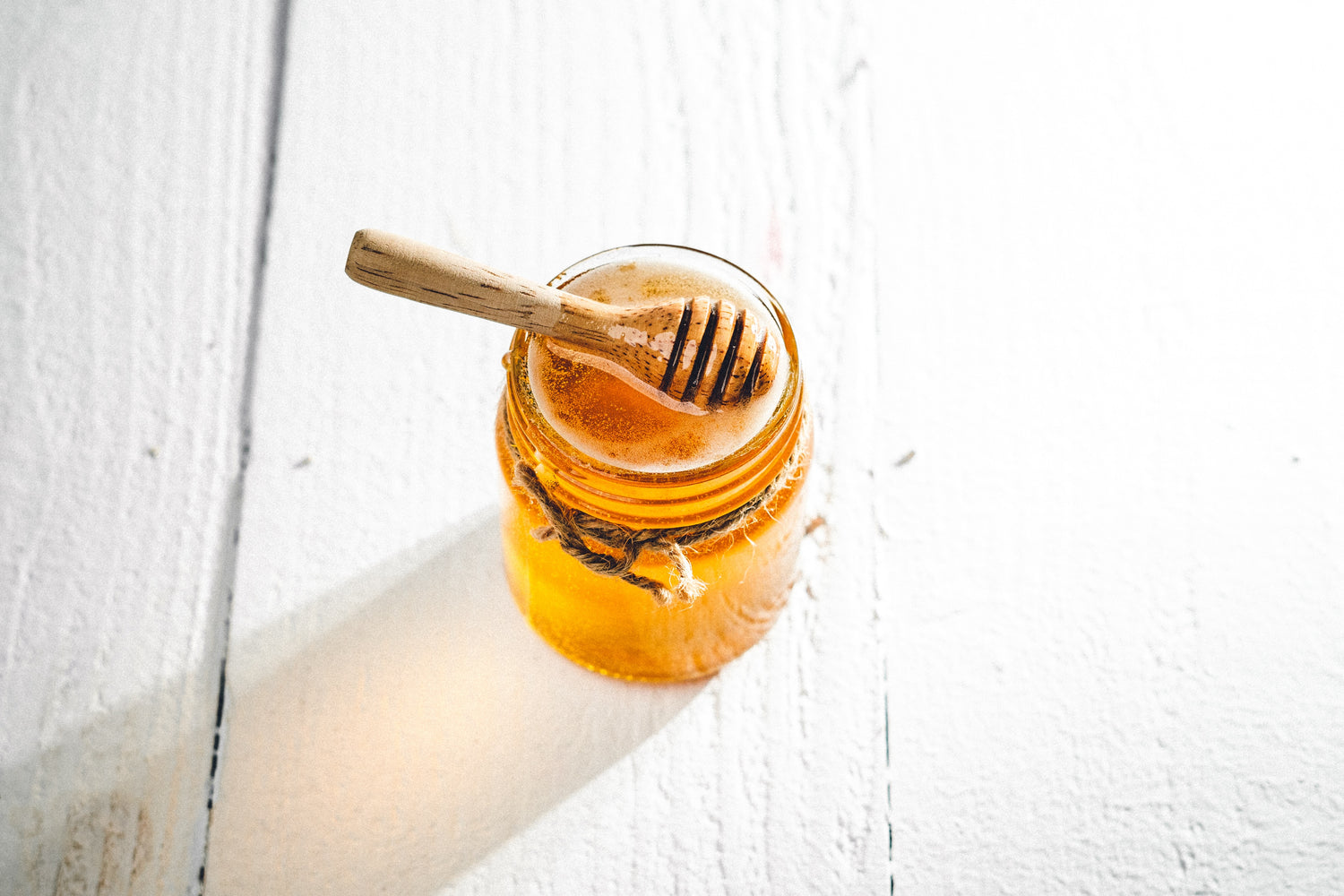Beekeeping, a practice deeply intertwined with the delicate balance of nature, faces a significant threat from Varroa mites (Varroa destructor and V. jacobsoni). These minuscule red-brown external parasites have established themselves as formidable adversaries of honey bees, causing a cascade of detrimental effects that imperil entire colonies.
Varroa mites showcase a particular affinity for honey bee larvae and pupae in the developing brood. While they can feed and live on adult honey bees, their primary domain lies within the vulnerable stages of the brood, where they wreak havoc by inducing malformation and weakness. The consequences extend beyond physical impairment, as Varroa mites also serve as carriers for a multitude of viruses, compounding the challenges faced by the already beleaguered honey bee population.
The impact of Varroa mites on colonies becomes more pronounced as their population burgeons. Colonies with low infestations may exhibit minimal symptoms, but as the mite population intensifies, a litany of issues manifests. These include scattered brood patterns, honey bees crippled and crawling, compromised flight performance, diminished rates of return after foraging, reduced lifespan, and a substantial decrease in the weight of worker bees. This amalgamation of symptoms is commonly referred to as parasitic mite syndrome, a precursor to a drastic reduction in the honey bee population, supersedure of queen bees, and, ultimately, the breakdown and demise of the entire colony.
The trajectory of Varroa mite population growth hinges significantly on the initial number of mites that infiltrate the colony. A single Varroa mite invading a colony and infecting drone brood can, in a single generation, produce 2.6 new female mites. Contrastingly, if 10 mites enter the hive and reproduce in drone brood, a single generation could yield a staggering 26 new female mites. In essence, the severity of the initial infection directly influences the speed at which the Varroa mite population accelerates to damaging levels.
The threat posed by Varroa mites is not confined to individual colonies. In areas where multiple colonies, including feral ones or untreated hives, are infected, these become constant sources of infection. Weakened colonies are susceptible to natural robbing and drifting behavior among honey bees, facilitating the unchecked spread and invasion of Varroa mites within local honey bee populations.
The insidious nature of Varroa mites lies in the exponential growth of their population. Even the introduction of a few additional mites can have profound and rapid consequences, pushing the Varroa mite population to alarming and detectable levels. As beekeepers grapple with this relentless threat, understanding the dynamics of Varroa mite infestations becomes crucial for safeguarding the intricate tapestry of beekeeping ecosystems.





